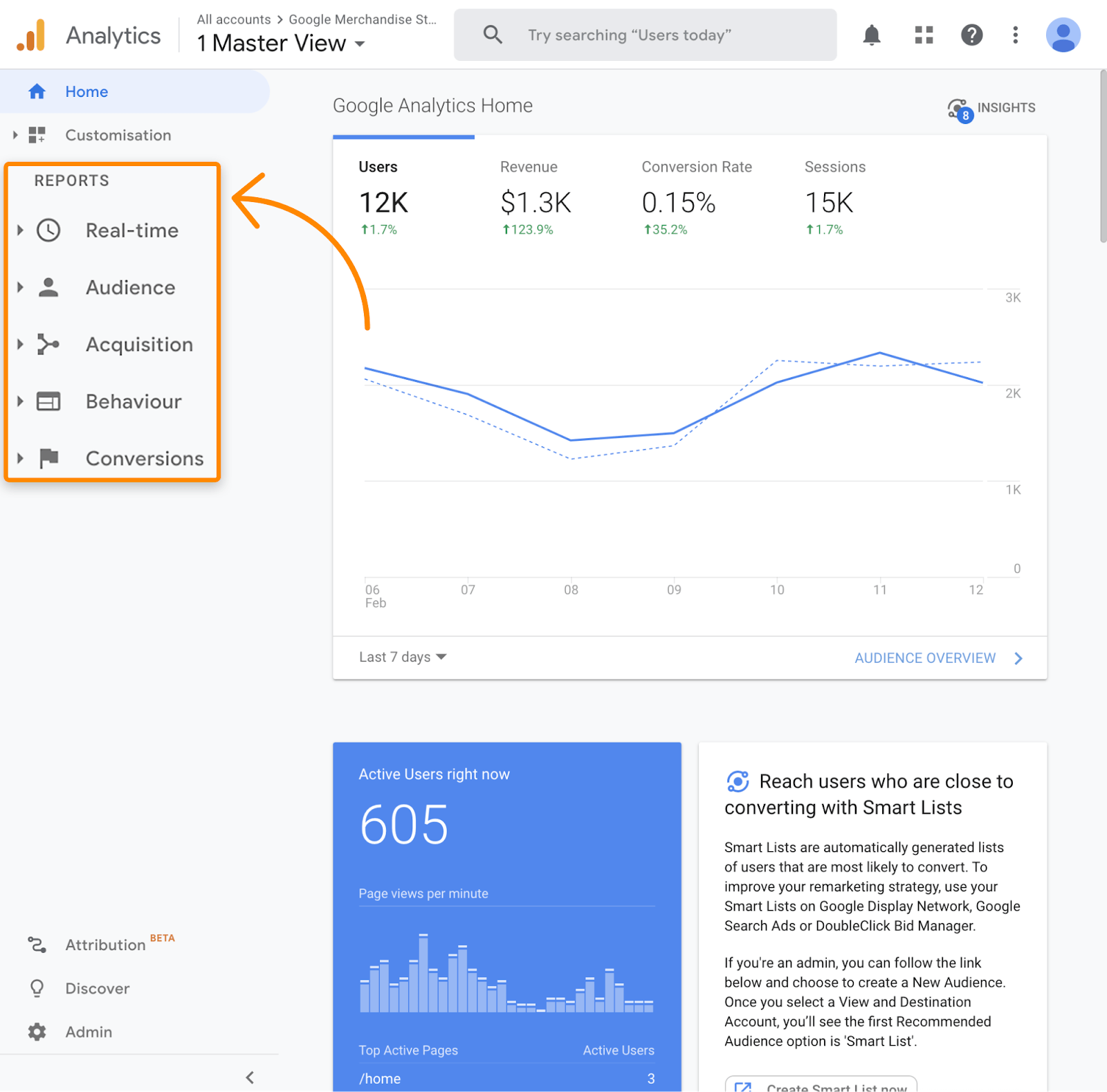The Duty of Secondary Dimensions in Google Analytics: Interpretation and Insights for Advanced Data Analysis
Introducing the Influence of Second Measurement in Google Analytics on Data Analysis and Insights
In the realm of information analytics, the application of secondary measurements within Google Analytics has become a pivotal device for extracting deeper insights and unraveling facility patterns that may or else continue to be covered. By peeling back the layers of key data sets, secondary measurements offer a nuanced viewpoint that enriches the understanding of individual behavior, web site performance, and the efficiency of marketing techniques. The real influence and untapped possibility of additional measurements are often undervalued, overshadowed by the attraction of key metrics. As we navigate with the detailed landscape of data evaluation, the importance of additional measurements comes to be progressively noticeable, shedding light on vital information that hold the secret to educated decision-making and strategic optimizations.
Discovering the Concept of Secondary Dimensions
Secondary measurements in Google Analytics supply additional understandings by allowing individuals to examine key data in conjunction with a secondary quality. By integrating secondary measurements, users can dig much deeper into the information and uncover useful correlations that might or else go unnoticed - what is a secondary dimension in google analytics.
Recognizing the principle of additional dimensions is important for making best use of the capacity of Google Analytics. It enables customers to section information properly, identify patterns, and make notified decisions based upon an extra complete image of their analytics data. By discovering the numerous second dimensions readily available in Google Analytics, individuals can open brand-new understandings and optimize their electronic advertising and marketing initiatives. In significance, secondary measurements offer as an effective tool for enhancing data evaluation and driving actionable outcomes.
Enhancing Data Interpretation With Additional Dimensions
Having established the fundamental understanding of additional dimensions in Google Analytics and their pivotal duty in information evaluation, the focus currently moves towards leveraging these additional attributes to boost the analysis of analytics data (what is a secondary dimension in google analytics). By including additional dimensions right into data analysis, experts can acquire much deeper understandings right into individual behavior, internet site efficiency, and marketing efficiency

Furthermore, second measurements help in contextualizing primary information metrics by giving extra layers of information. This contextualization help in comprehending the 'why' behind the information fads, assisting analysts make educated optimizations and choices to boost general efficiency. Eventually, incorporating second measurements enhances the data analysis process, causing more meaningful understandings and calculated actions.
Discovering Hidden Insights Via Second Measurements
Checking out the midsts of analytics data with second dimensions reveals useful insights that would or else continue to be covered. By incorporating additional measurements in Google Analytics, companies can unearth covert patterns, patterns, and connections that provide an even more extensive understanding of user actions and website efficiency. These extra layers of information allow experts advice to dive deeper into the primary measurements, such as web traffic sources or touchdown web pages, and acquire an extra nuanced point of view on just how different variables engage with each various other.
Through the usage of additional measurements, experts can sector and compare information across various dimensions, allowing them to identify particular aspects that influence user interaction, conversion prices, and overall success metrics. As an example, by combining the key measurement of 'device group' with the second measurement of 'age,' marketing experts can determine which age demographics choose accessing the website through mobile phones versus desktops. This degree of granularity encourages organizations to make data-driven decisions and enhance their techniques for much More Bonuses better results. Ultimately, discovering concealed understandings with secondary dimensions boosts the depth and precision of information analysis, resulting in more educated decision-making and improved efficiency results.
Leveraging Second Dimensions for Actionable Analytics
Building upon the insights introduced through second dimensions in Google Analytics, services can now harness this enriched information landscape to drive actionable analytics and critical decision-making. By leveraging additional dimensions, companies can dig much deeper into their information to extract valuable patterns, patterns, and correlations that might have previously gone unnoticed. This deeper degree of analysis makes it possible for companies to get a much more comprehensive understanding of individual actions, campaign efficiency, and overall internet site effectiveness.
One secret benefit of using secondary measurements for workable analytics is the ability to section information based on certain criteria. This division permits businesses to tailor their techniques and projects to various target market teams, resulting in extra targeted and efficient advertising initiatives - what is a secondary dimension in google analytics. In addition, secondary dimensions provide an even more all natural sight of customer interactions, allowing organizations to optimize their website material, style, and general user experience
Making The Most Of Decision-Making With Additional Measurements
To improve calculated decision-making in analytics, leveraging additional measurements in Google Analytics can give an extra nuanced viewpoint on customer behavior and campaign performance. By incorporating secondary dimensions into information analysis, services can dig deeper into the specifics of their web site site visitors' interactions and interaction patterns. This additional layer of details enables a much more extensive understanding of how different variables, such as demographics, devices, or website traffic sources, impact key efficiency signs.

Verdict
In conclusion, making use of secondary dimensions in Google Analytics plays a critical function in improving information evaluation and discovering hidden understandings. By exploring this idea, one can get a much deeper understanding of individual actions and make notified choices based on actionable analytics. Leveraging second dimensions permits for a more thorough interpretation of data and maximizes the performance of decision-making processes.
